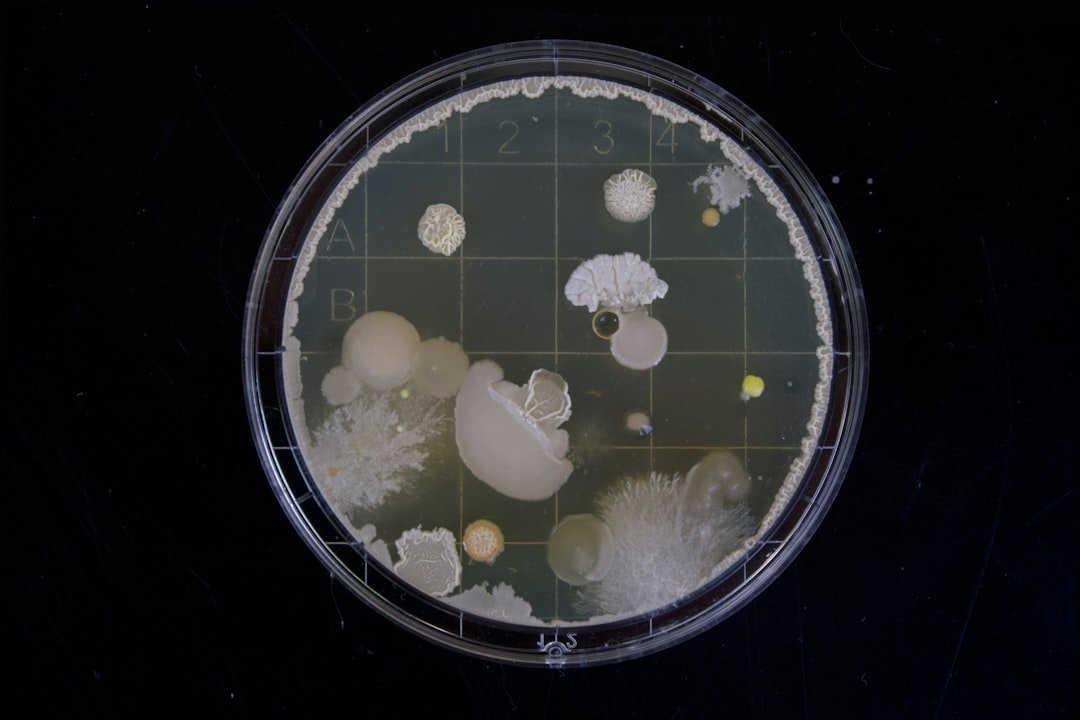Keeping our surroundings clean and germ-free has become more important than ever in today's world. With the ongoing global health concerns, knowing how to properly disinfect surfaces is crucial. In this article, we dive into the science behind disinfection to help you understand the best practices for maintaining a healthy environment.
What are Germs?
Germs are microorganisms such as bacteria, viruses, fungi, and protozoa that can cause diseases. They can survive on various surfaces for different periods, making it essential to eliminate them effectively through disinfection.
Understanding Disinfection
Disinfection is the process of eliminating or reducing the number of disease-causing microorganisms on surfaces. It is crucial to choose the right disinfectant and application method to ensure proper sanitation.
The Role of Disinfectants
Disinfectants are chemical agents designed to kill or inactivate germs on surfaces. They work by disrupting the cell membranes, proteins, or DNA of microorganisms, thus preventing their growth and reproduction.
Mechanisms of Disinfection
1. Denaturation:
Denaturation involves altering the proteins of microorganisms, rendering them non-functional and ultimately leading to their death.
2. Oxidation:
Oxidizing agents in disinfectants create a hostile environment for germs by damaging their cell membranes and interfering with their metabolic processes.
3. Introducing Reactive Species:
Some disinfectants release reactive species like free radicals or ions that target and destroy microbial structures.
Types of Disinfectants
1. Quaternary Ammonium Compounds (Quats):
Quats are effective against a wide range of microorganisms and are commonly used in households, hospitals, and public places.
2. Chlorine Compounds:
Chlorine-based disinfectants are powerful oxidizing agents that can effectively kill germs but need to be used with caution due to their potentially harmful effects.
3. Alcohol-Based Disinfectants:
Alcohol-based disinfectants like ethanol and isopropyl alcohol work by denaturing proteins in microorganisms, making them reliable choices for quick disinfection.
4. Phenolic Compounds:
Phenolic disinfectants are effective against a variety of pathogens and have longer-lasting residual effects on surfaces.
Best Practices for Effective Disinfection
1. Read and follow the manufacturer's instructions on the disinfectant label.
2. Clean the surface before applying the disinfectant to remove dirt and debris.
3. Allow the disinfectant to sit on the surface for the recommended contact time to ensure maximum effectiveness.
4. Ensure proper ventilation when using disinfectants to avoid inhaling harmful fumes.
Conclusion: Safeguarding Your Environment with Proper Disinfection
Understanding the science of disinfection is key to maintaining a clean and sanitary environment. By choosing the right disinfectants and following best practices, you can effectively eliminate germs and protect yourself and others from potential illnesses. Stay informed, stay safe!


Share:
Ultimate Guide: How to Clean and Maintain Different Types of Flooring
The Importance of Regular Appliance Maintenance